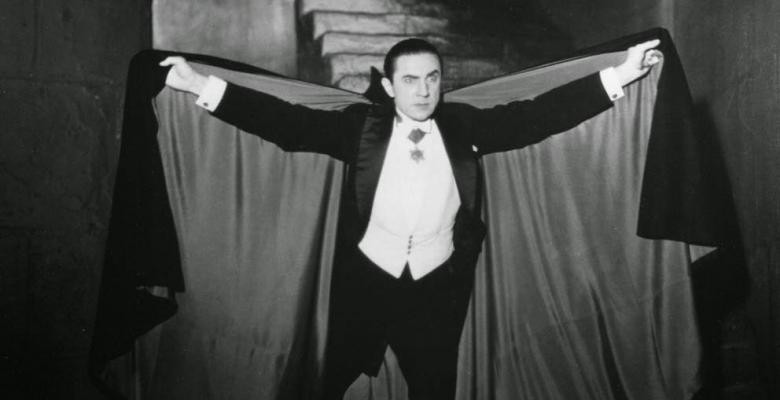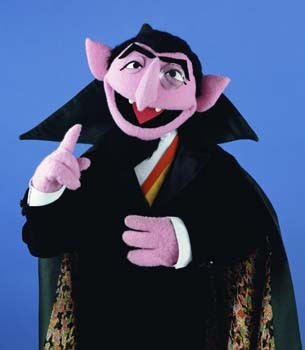Vampires! A Syllabus to Sink Your Teeth Into

How many courses require students to read Freud, discuss the Gospel of St. Matthew, and then watch episodes of Buffy the Vampire Slayer?
A religion course entitled “Vampires” uses pop culture and wide-ranging texts to plumb such topics as immortality, death, belief, fear and rituals. Taught by Gil Anidjar, a professor of religion and comparative literature, it is designed to introduce undergraduates to the field of religion.
It’s an unusual entrée to the subject, to be sure, but “one purpose of the class is to show students that questions raised by religion appear in all kinds of unexpected and expected places,” said Anidjar. “I hope the class increases their curiosity and demonstrates how reflecting on popular culture can further their imagination.”
Is a vampire human? Is it alive or dead? Are they reality or fiction? “They are in-between,” Anidjar said. “The ambiguity of the vampire can be unsettling. There’s more of a connection between vampires and us than we would like to acknowledge.”
Vampires are an example of how people put their own negative attributes onto others. “In projecting, we try to get rid of a part of us,” Anidjar said, citing Freud.
The notion of creatures sucking the life out of humans is age old, with mentions in folklore that trace back to the ancient Greeks and Romans. In the 15th century, there was a Romanian prince whose bloodthirstiness earned him the nickname Vlad the Impaler.
Vlad was also known as Dracula, and in 1897, Bram Stoker took that name as the title of his sensational Victorian-era book about evil, sex and desire. The novel played a significant role in imprinting the image of vampires on the contemporary imagination.
“No matter how you look at it, the history of vampires would not look the same without Stoker,” said Anidjar. Other topics explored in the course include vampires and politics, eating and incorporation; and race, which dovetails with concerns about mixing of blood and miscegenation. The class also discusses the subjects of mourning and melancholia, subjects that Freud explores. “For a vampire who lives forever, every attachment is a precursor to loss,” he said.
Anidjar’s interest in the subject was piqued while he was writing Blood: A Critique of Christianity, which was published in 2014 by Columbia University Press. As he was conducting research, people kept telling him that he should include vampires, advice he ignored until his colleague, professor of English and Comparative Literature, Sarah Cole, encouraged him to read Bram Stoker. “I was very impressed. It made a lot of things come together,” said Anidjar.

The impetus for the class came from his amazement at the ubiquity of vampires. He noted that they are present no matter whether one turns to books, television or movies. “The course tries to find some explanations for our obsession with them,” he said. “You could call it a religious obsession.”
Every place with a film industry has produced vampire movies including Cuba, Sweden, Russia, Greece, France and more, Anidjar notes. “The vampire is a figure of the apocalypse, because if the vampire wins, humanity is over. Countless films are about the end of the world,” he said, noting that this may help to explain the obsession with vampires.
Students in the course watch several films such as Tod Browning’s 1931 Dracula featuring the Hungarian American actor Bela Lugosi, whose portrayal of the character in numerous films is iconic. Subsequent films by Francis Coppola, Werner Herzog and Jim Jarmusch are also on the syllabus.
In a recent class, one student brought up the Muppet character on Sesame Street named Count von Count, who has for decades been teaching kids their numbers. “I was really struck that someone thought it would be a good idea to have a little Dracula figure teach young children mathematics. The place of vampires in the collective psyche is extraordinary.”
The class also turned to the subject of sociability and whether vampires can be cuddly. Twilight, a series of books and movies based on vampire-themed romance, was referenced and the class wondered: though the vampire’s place in the culture is seemingly immortal, “Can a vampire be your friend?”